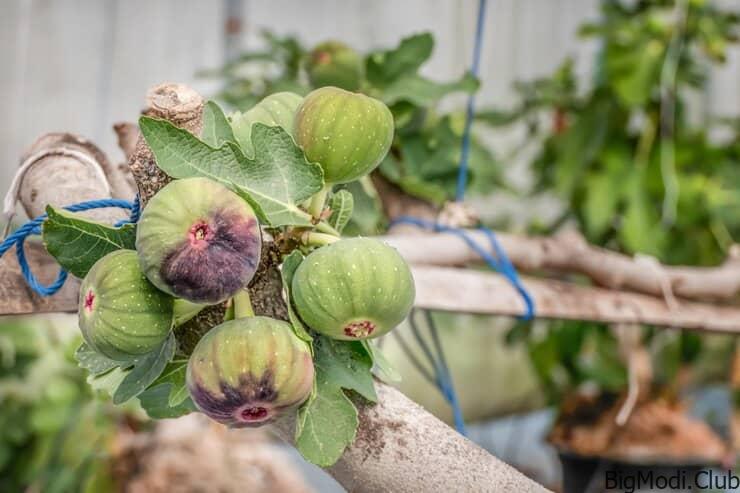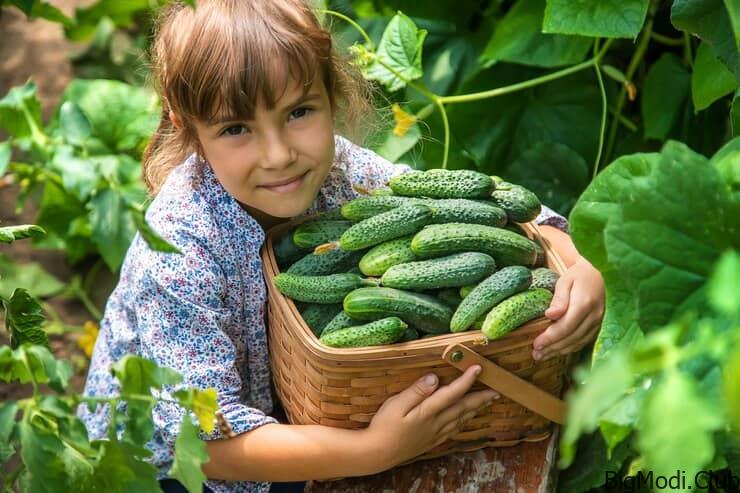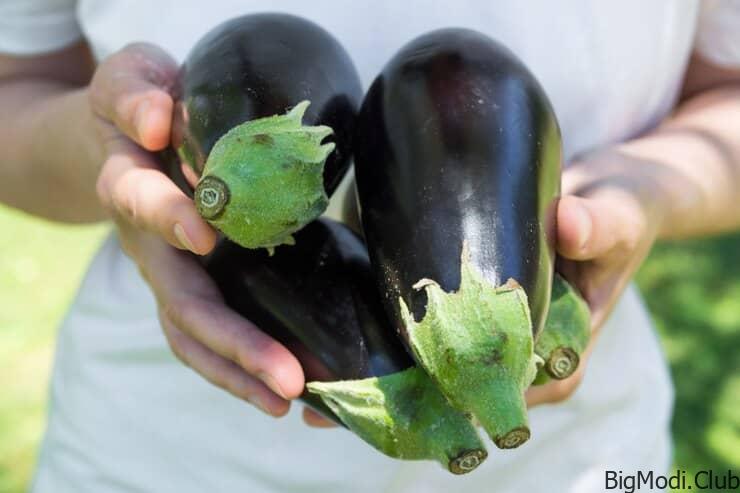Growing kale in plastic bottles is an innovative and sustainable way to cultivate this nutritious leafy green. This method is perfect for urban gardeners and those with limited space. Here are some expert tips to help you successfully grow kale in plastic bottles, ensuring a bountiful harvest with minimal effort.
Choosing the Right Plastic Bottles
The first step in growing kale in plastic bottles is selecting the appropriate containers. Use sturdy plastic bottles with a capacity of at least 2 liters. Ensure the bottles are clean and free from any residues. Clear or translucent bottles work best as they allow sunlight to penetrate, aiding in photosynthesis.
Preparing the Bottles
Cutting and Shaping
To prepare your plastic bottles, cut them horizontally about one-third from the top. The bottom part will serve as the main planting container, while the top can be inverted to create a water reservoir if you opt for a self-watering system. Make drainage holes at the bottom to prevent waterlogging.
Creating a Self-Watering System
For a self-watering system, place a piece of fabric or a wick through the bottle cap of the top part. Fill the top part with water and insert it upside down into the bottom part. The wick will draw water from the reservoir to the soil, keeping it consistently moist.
Choosing the Right Soil and Fertilizers
Kale thrives in well-draining, fertile soil. Use a high-quality potting mix rich in organic matter. Adding compost to the soil will provide essential nutrients and improve moisture retention. You can also incorporate slow-release fertilizers or organic options like worm castings for sustained nourishment.
Planting the Kale Seeds
Sowing the Seeds
Plant kale seeds about 1/4 inch deep in the soil. Space the seeds about 2 inches apart to allow for adequate growth. Cover the seeds lightly with soil and water gently to ensure they settle in.
Germination and Thinning
Kale seeds typically germinate within 5-10 days. Once the seedlings have a few true leaves, thin them out to allow about 4-6 inches of space between each plant. This spacing helps ensure each plant receives enough light and nutrients.
Providing Optimal Growing Conditions
Light Requirements
Kale requires at least 6 hours of sunlight daily. Place your plastic bottles in a sunny spot, such as a balcony or windowsill. If natural light is insufficient, consider using grow lights to supplement.
Watering
Keep the soil consistently moist but not waterlogged. Water the plants regularly, especially during dry periods. The self-watering system can help maintain adequate moisture levels, but always check to ensure the soil doesn’t dry out.
Temperature and Humidity
Kale grows best in cooler temperatures, ideally between 45°F and 75°F. Protect the plants from extreme heat by providing shade or moving them indoors during hot weather. Maintain moderate humidity levels to prevent the plants from drying out.
Caring for Kale Plants
Pruning and Harvesting
Regular pruning encourages healthy growth and prevents the plants from becoming leggy. Harvest the outer leaves first, allowing the inner leaves to continue growing. This method, known as “cut-and-come-again,” allows for a continuous harvest throughout the growing season.
Pest and Disease Management
Common pests that affect kale include aphids, cabbage worms, and flea beetles. Inspect the plants regularly for any signs of infestation and use organic pest control methods, such as neem oil or insecticidal soap, to manage them. Ensuring good air circulation and proper watering can help prevent diseases like powdery mildew and root rot.
Additional Tips for Successful Kale Growth
Companion Planting
Companion planting can enhance kale growth and deter pests. Good companion plants for kale include herbs like dill and cilantro, which repel pests, and legumes, which enrich the soil with nitrogen.
Rotating Crops
To prevent soil depletion and disease buildup, practice crop rotation. Avoid planting kale or other brassicas in the same soil for consecutive seasons. Rotate with crops like tomatoes, beans, or root vegetables.
Using Mulch
Applying a layer of mulch around the plants helps retain moisture, suppress weeds, and regulate soil temperature. Organic mulch like straw or wood chips works well for kale.
Harvesting and Enjoying Your Kale
Kale is ready for harvest when the leaves are about the size of your hand. Use sharp scissors or a knife to cut the leaves, and avoid damaging the plant’s stem. Freshly harvested kale can be used in salads, smoothies, or cooked dishes, providing a rich source of vitamins and minerals.
Sustainable Gardening Practices
Growing kale in plastic bottles not only utilizes space efficiently but also promotes recycling and reduces waste. Repurpose old plastic bottles for gardening to contribute to a more sustainable environment. Additionally, composting kitchen scraps and using them as fertilizer supports a circular gardening system.



